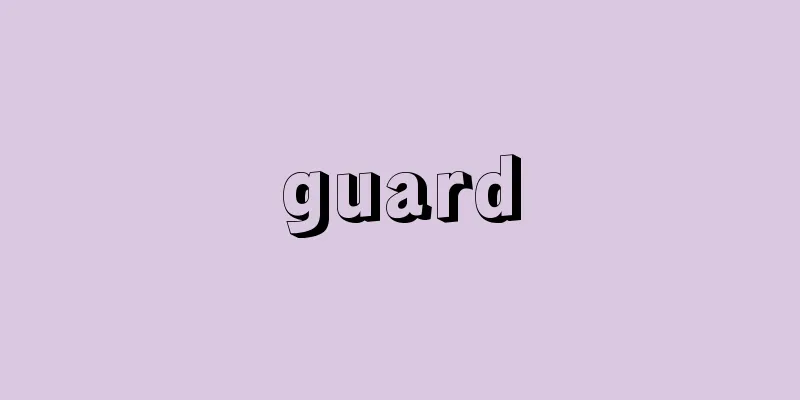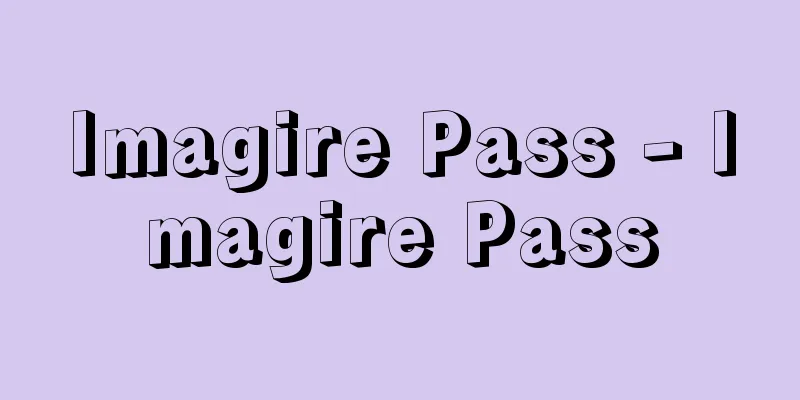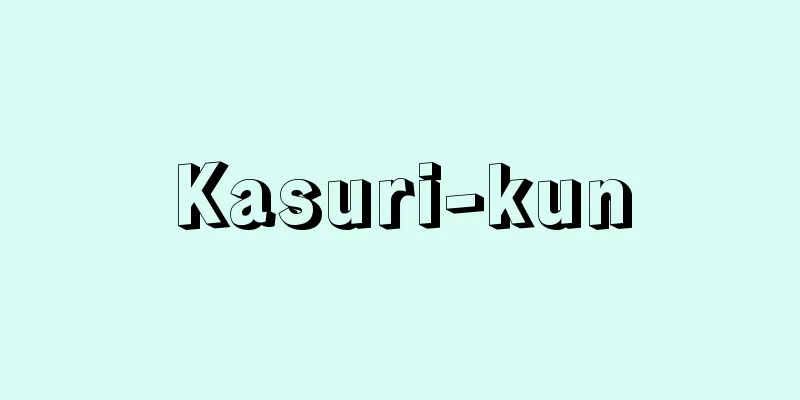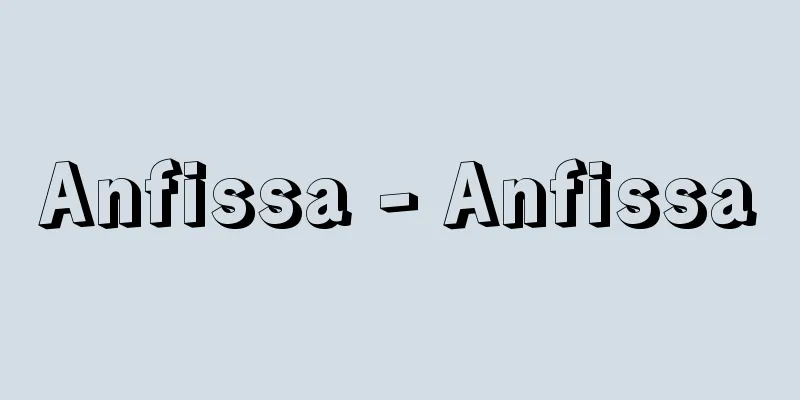Issei Ichigen (English spelling) Yi-shi yi-yuan; I-shih i-yüan
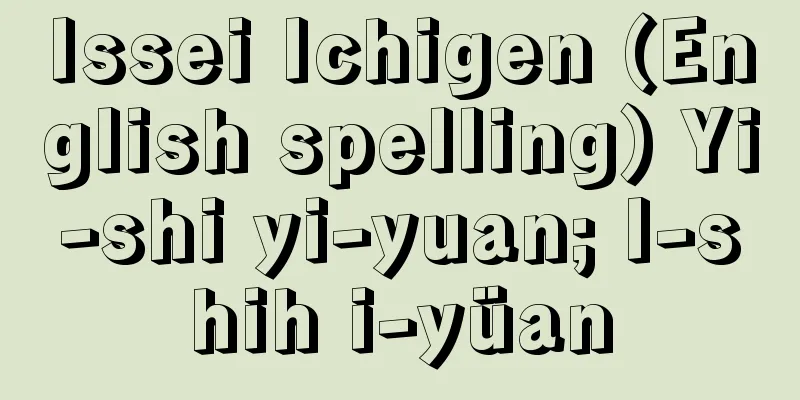
|
A system in which one era name is used for each reign. In China, Emperor Taizu of the Ming Dynasty (→Emperor Hongwu) established the era name Hongwu, and successive emperors followed suit after this system, including the Qing Dynasty. Japan adopted this system from the Meiji period onwards. This led to the custom of referring to the reigning emperor with the era name added, such as Emperor Hongwu in Japan and Emperor Meiji in Japan. Source: Encyclopaedia Britannica Concise Encyclopedia About Encyclopaedia Britannica Concise Encyclopedia Information |
|
君主1代ごとに1つの元号を用いる制度。中国では明の太祖 (→洪武帝 ) が洪武の年号を立て,この制度を始めてから歴代の皇帝がこれにならい,清朝もこれを踏襲した。日本では明治からこれを採用した。これにより君主の呼称を洪武帝,日本では明治天皇のごとく,元号を付して呼ぶならわしとなった。
出典 ブリタニカ国際大百科事典 小項目事典ブリタニカ国際大百科事典 小項目事典について 情報 |
<<: One Emperor, One Deity System
Recommend
One character (stone embankment) - Ichimonji
...Saiki, the central settlement in a small basin...
Kingdom of Abomey
...It flourished from the beginning of the 17th c...
Paper Plates - Kamizara
…Paper containers were used to store and protect ...
Bahdinan
...The first is the Zaza dialect, spoken in the a...
Brutalism
… While the mainstream of British architecture in...
Act of Union
…the official name of the United Kingdom from whe...
Ajiro Edition - Ajiro Ami
...Products include a wide variety of shallow con...
Treaty of Passarowicz
A peace treaty between the Ottoman Empire and Aust...
Sustainable development
...The conference marked a new beginning for conc...
"Unem Kabuki Picture Scroll"
...In other words, in hand-painted genre painting...
Vavalatus - Vavalatus
...This oasis city was a base for caravans ruled ...
Mugi [town] - Mugi
A former town in Mugi County in the central-southe...
Haramachi [city] - Haramachi
An old city in the northern part of Hamadori, Fuku...
Representative - Daihyo (English spelling) representation
A representative is a person or group that is reg...
Japanese maple - Japanese maple
A deciduous tall tree of the maple family (APG cl...

